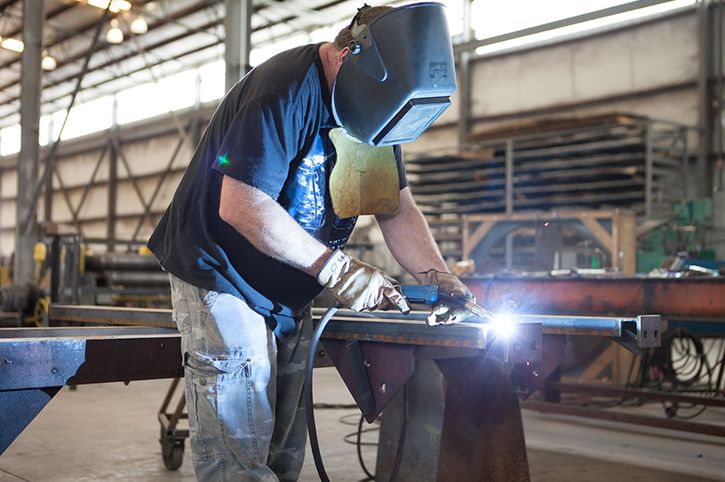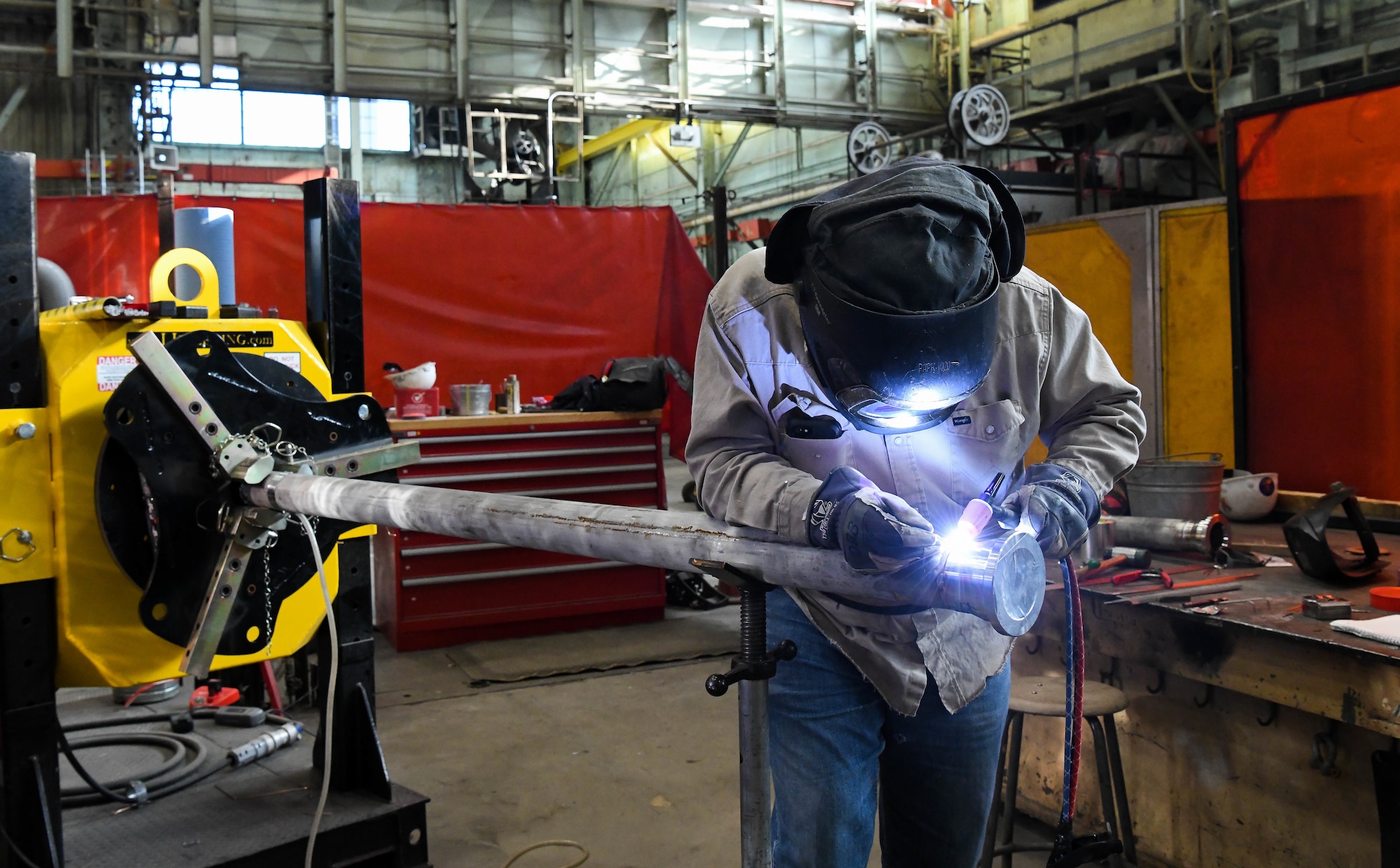Just how to Establish a Reliable Welding WPS: Tips and Finest Practices
Just how to Establish a Reliable Welding WPS: Tips and Finest Practices
Blog Article
The Ultimate Guide to Welding WPS Procedures: A Thorough Review for Welders
In the elaborate world of welding, Welding Treatment Requirements (WPS) serve as the backbone of making sure top quality, uniformity, and safety in welding operations. Comprehending the subtleties of developing, implementing, and keeping an eye on WPS treatments is essential for welders aiming to boost their craft and fulfill sector requirements. As we dig right into the numerous parts of a WPS and discover the intricacies of qualification and accreditation, we will discover the crucial duty these treatments play in the world of welding. Allow's get started on a trip to untangle the intricacies and value of WPS treatments in welding methods.
Relevance of WPS Procedures
Understanding the relevance of Welding Procedure Specs (WPS) treatments is vital for guaranteeing the high quality and integrity of welded frameworks. WPS treatments offer as a roadmap for welders, detailing the required actions, parameters, and products needed to attain an audio weld. By sticking to WPS guidelines, welders can guarantee consistency in their job, causing trustworthy and structurally sound welds.
One of the key reasons why WPS treatments are necessary is their function in preserving weld high quality and stability. Adhering to the specified welding parameters and methods laid out in the WPS aids protect against defects such as porosity, fracturing, or insufficient blend, which can endanger the stamina and durability of the weld.

Elements of a WPS
A Welding Procedure Requirements (WPS) usually makes up essential components that detail the certain demands for executing a weld, making certain consistency and high quality in the welding process. The key parts of a WPS include crucial variables such as base metals, filler metals, interpass and preheat temperatures, welding processes, securing gases, welding positions, and post-weld warmth treatment requirements.
Base metals describe the products being signed up with, while filler metals are utilized to fill the void between the base metals during welding. Preheat and interpass temperature levels are critical for regulating the heat input and stopping issues like splitting or distortion. The welding process describes the details strategy to be utilized, whether it's gas steel arc welding (GMAW), secured steel arc welding (SMAW), or another technique. Protecting gases shield the weld pool from climatic contamination. Welding placements define the orientations in which welding can be performed. Post-weld heat treatment might be essential to alleviate anxieties and boost the weld's buildings. A comprehensive understanding of these elements is vital for creating a effective and extensive WPS.

Certification and Accreditation
Having actually established the vital components of a Welding Procedure Specification (WPS), the emphasis currently moves in the direction of the critical elements of certification and certification in welding techniques.

Certification, on the various other hand, is the formal recognition of a welder's credentials by a relevant accreditation body or organization. Welding accreditations are typically based on the specific welding processes, products, and settings a welder is certified to work with. Holding a valid welding accreditation demonstrates that a welder satisfies market requirements and is experienced to perform welding tasks to the required specifications.
Creating a WPS
To create a Welding Treatment Requirements (WPS) that satisfies market standards, careful factor to consider of welding procedures, products, and operational parameters is essential (welding WPS). The initial step in developing a WPS is to recognize the welding procedure to be utilized, such as gas metal arc welding (GMAW) or shielded steel arc welding (SMAW) When the welding process navigate to these guys is determined, the next essential element is choosing the appropriate products, taking into consideration elements like base metal kind, density, and joint style. Operational parameters such as welding existing, voltage, traveling speed, and protecting gas make-up have to likewise be thoroughly specified in the WPS.

Carrying Out and Checking WPS
Upon finalizing the comprehensive Welding Treatment Requirements (WPS) that thoroughly information welding procedures, products, functional parameters, and top quality guarantee procedures, the focus moves to efficiently carrying out and keeping track of the well established treatments. Execution review includes guaranteeing this contact form that all welders entailed in the project are acquainted with the WPS and follow it thoroughly throughout the welding process. Effective execution and tracking of the WPS are crucial for ensuring the integrity, toughness, and security of the welded joints, inevitably adding to the overall success of the welding job.
Verdict
In final thought, understanding and complying with Welding Treatment Specifications (WPS) is crucial for welders to make sure top quality, consistency, and security in their job. By knowing the parts of a WPS, acquiring proper credentials and qualifications, producing detailed procedures, and carrying out and checking them successfully, welders can boost their skills and efficiency in welding techniques. Following WPS procedures is necessary for producing top notch welds and conference market requirements.
In the intricate world of welding, Welding Procedure Specs (WPS) offer as the foundation of ensuring high quality, uniformity, and safety in welding operations. The welding process describes the details technique to be utilized, whether it's gas steel arc welding (GMAW), secured steel arc welding (SMAW), or another technique.To create a Welding Treatment Requirements (WPS) that meets industry criteria, careful consideration of welding processes, materials, and operational specifications is essential. The first action in developing a WPS is to determine the welding process to be utilized, such as gas steel arc welding (GMAW) or protected steel arc welding (SMAW)Upon wrapping up the comprehensive Welding Procedure Requirements (WPS) that meticulously information welding procedures, materials, functional criteria, and high quality guarantee steps, the focus changes to successfully applying and keeping an eye on the well established treatments.
Report this page